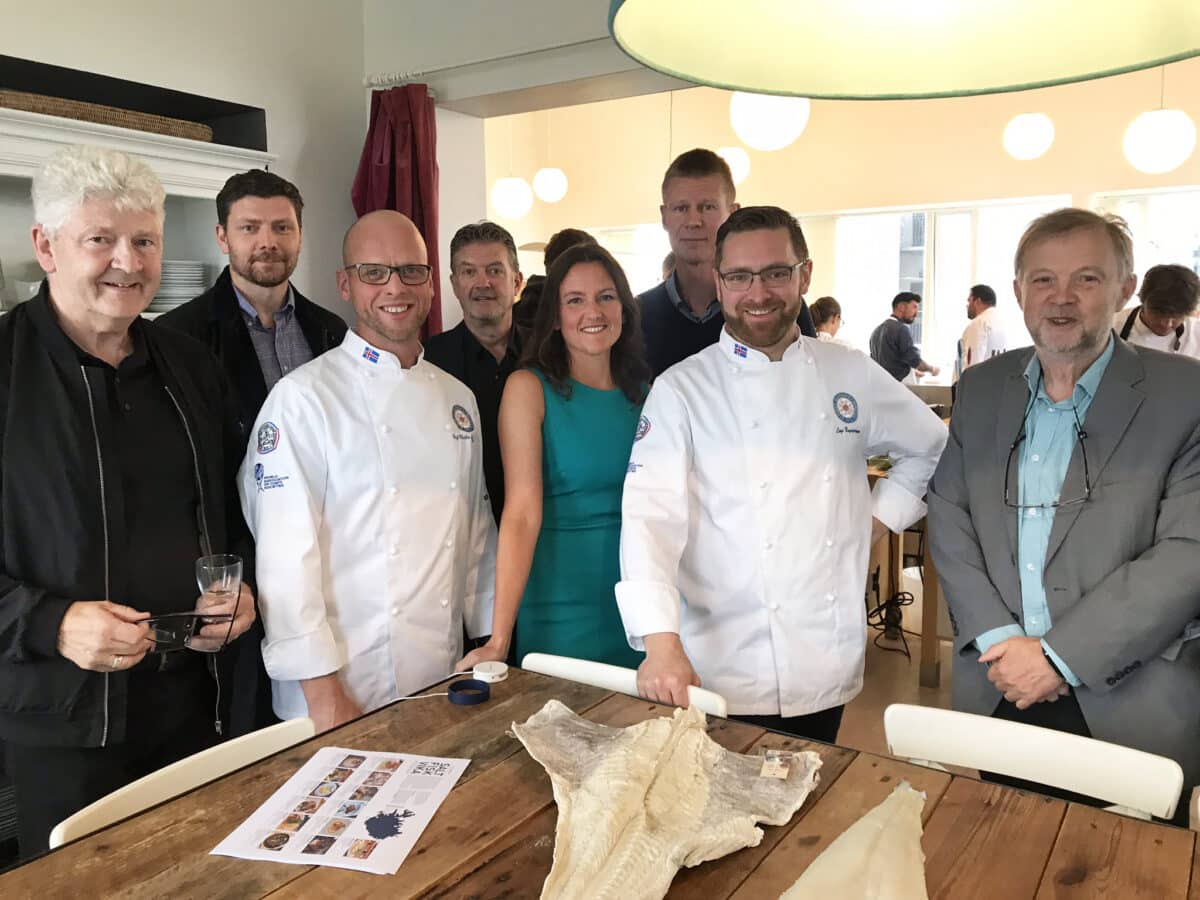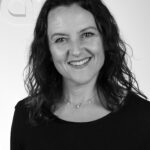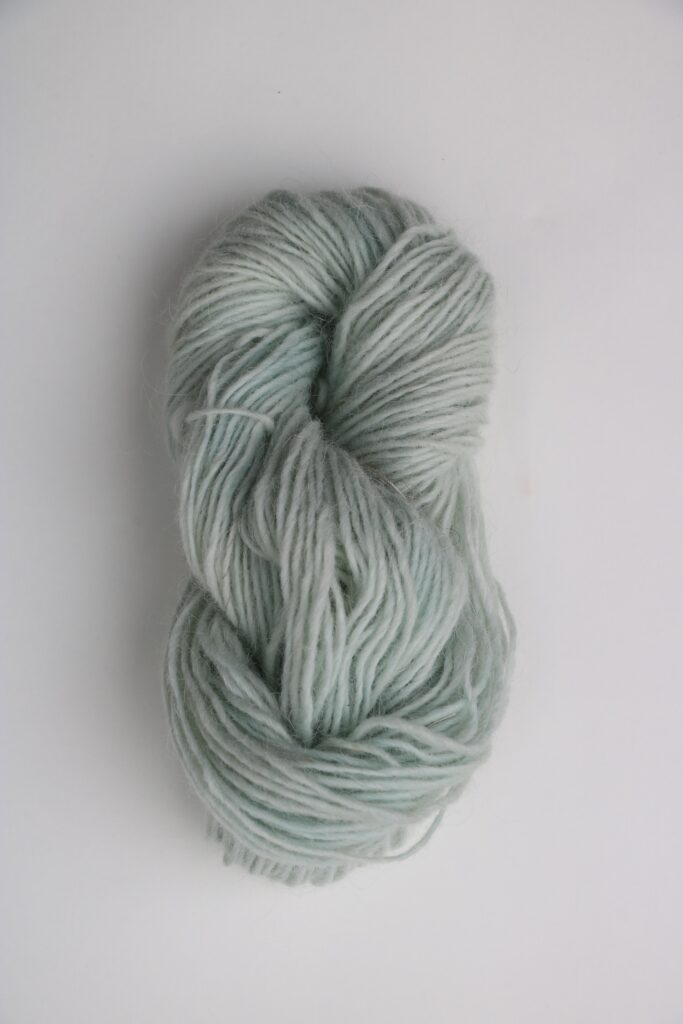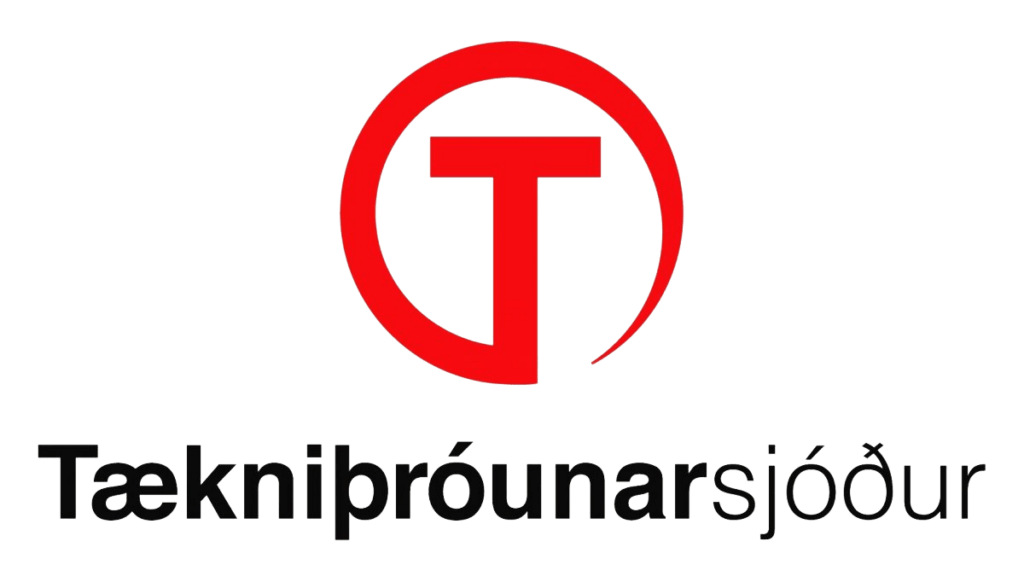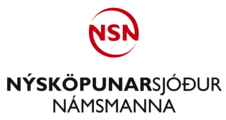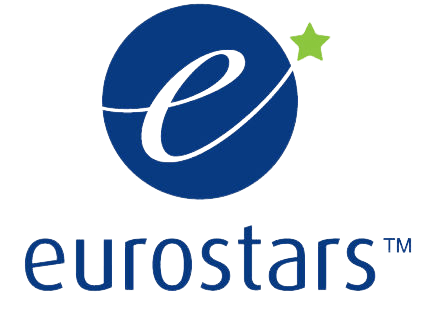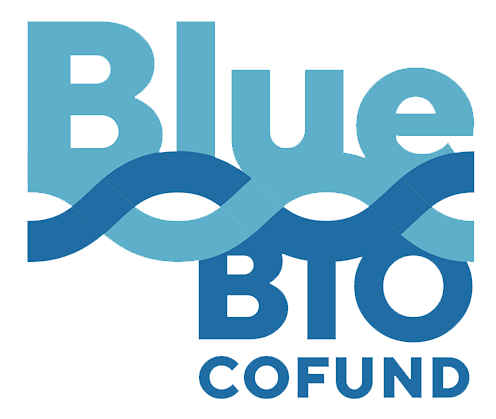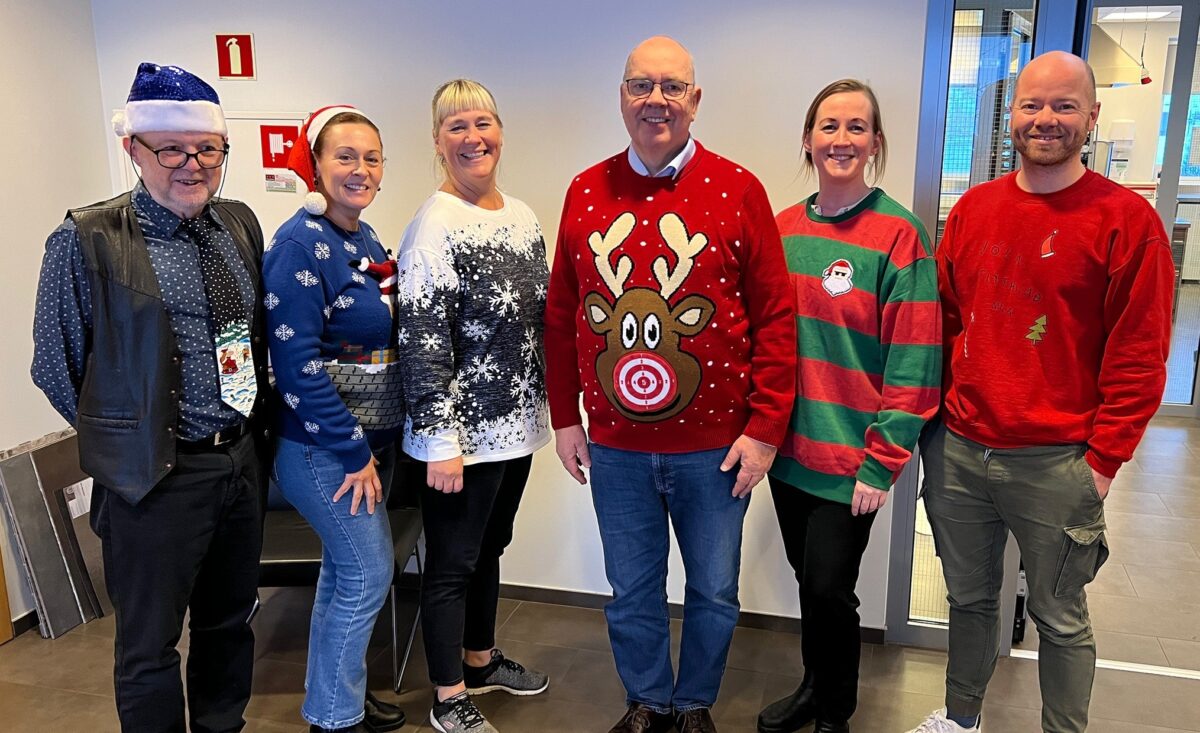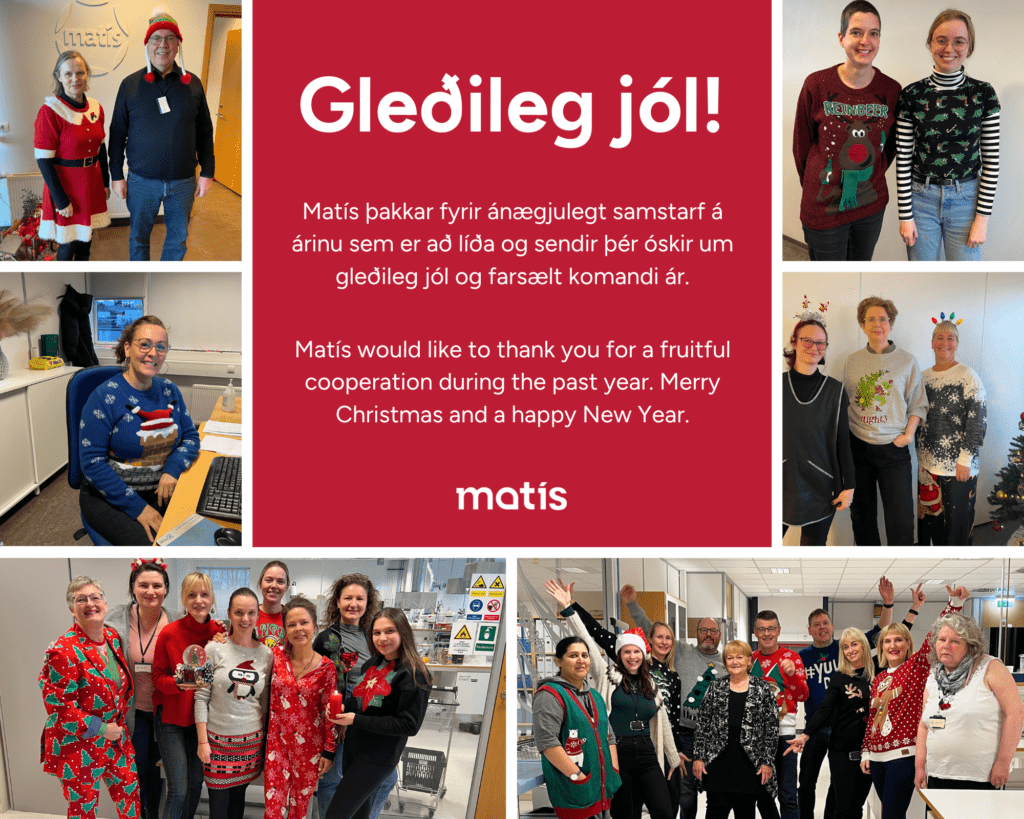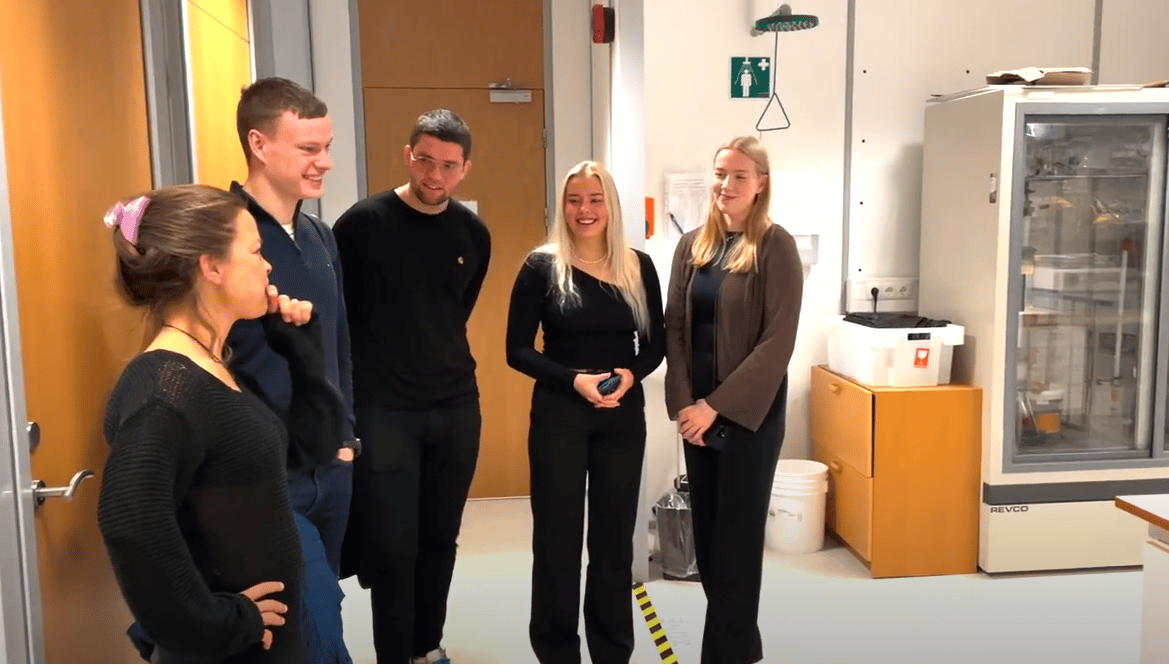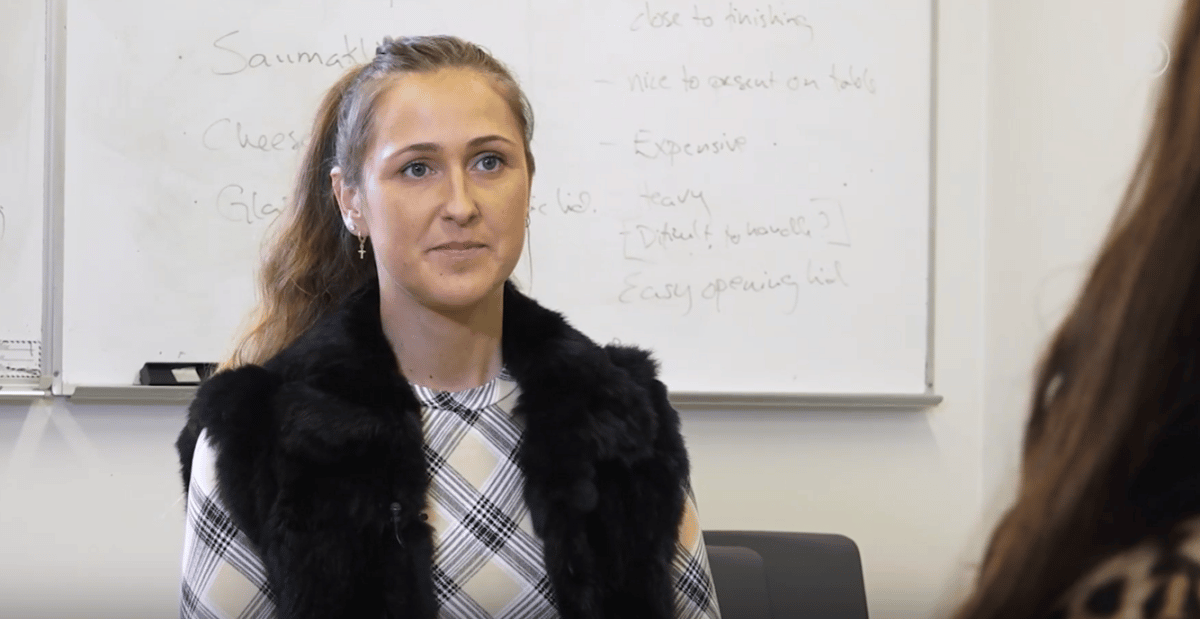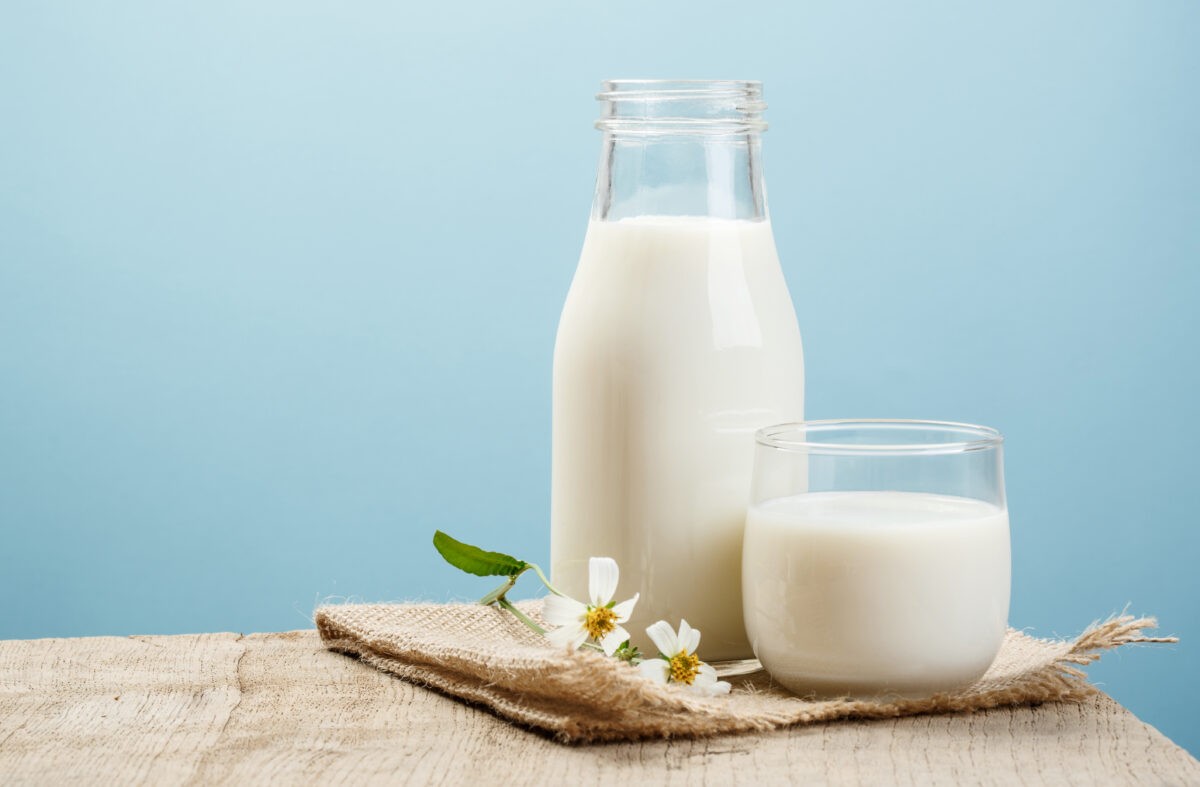Saltfish is closely related to our Icelandic history and culture. Matís has worked on the projects in recent years Life is Saltfish past and present and Salted fish delicacies to strengthen the position of salted fish and develop new and improved prepared dishes based on traditional salted fish. Project manager Kolbrún Sveinsdóttir, together with other experts at Matís, has worked diligently on the projects and tells us all about the progress here.
A real salt fish should really be on a par with what Parma ham is to Italians
There is a long tradition of processing salted fish in Iceland, and salted fish has been intertwined with Icelandic history and food culture for centuries. Today, the export of fully salted fish products is among our most valuable exports. Most of the exported salted fish goes to countries such as Spain, Portugal, Italy, Greece, France and Brazil, but in these countries a long and strong tradition has been created for the consumption of salted fish as a luxury product in restaurants as well as for ordinary consumers out there.
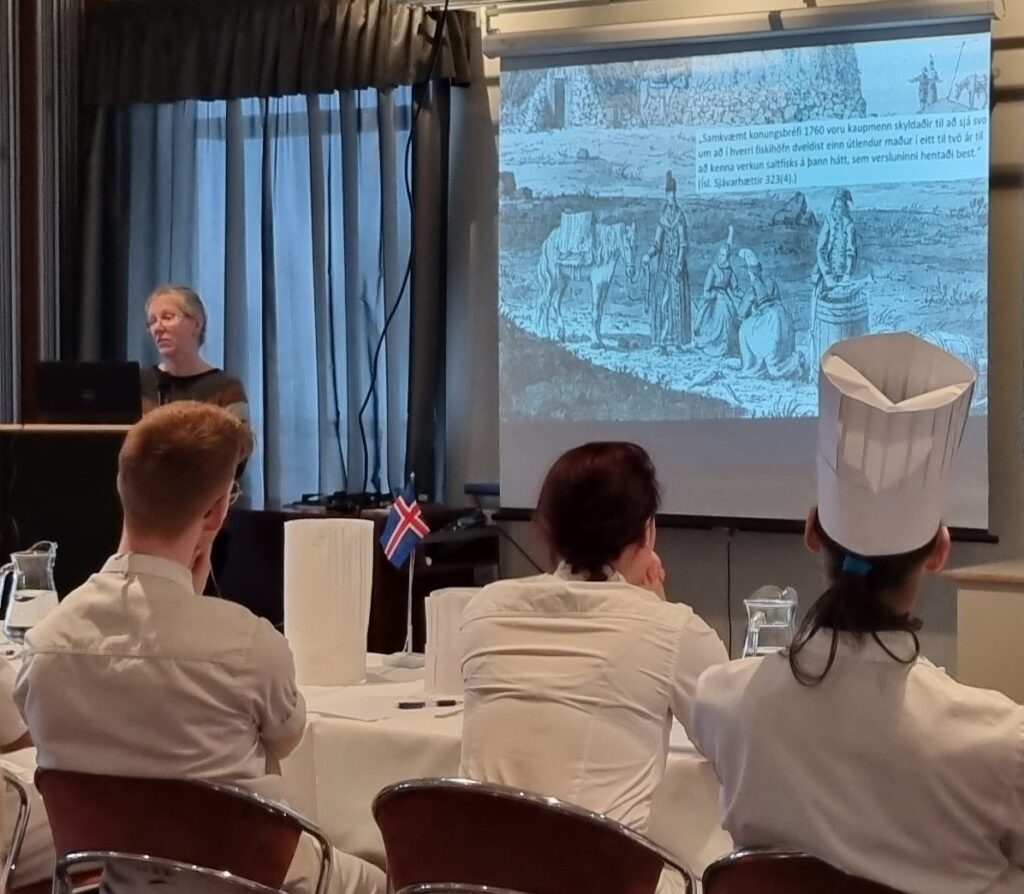
"At the same time, you can hardly get real salted fish here at home, whether in fish shops, supermarkets or restaurants. Salted fish is even sold as salted fish. We felt it was extremely important to create a higher place for this real luxury product in Iceland, Iceland should really be the Mecca of saltfish," explains Kolbrún.
"Then it is not smart to offer fish, which is not real salt fish. It is necessary to differentiate between what is truly salted fish on the one hand and salted fish on the other," says Kolbrún. Salted fish, usually lightly salted or overnight salted, does not have the same working characteristics as salted fish, which is finished with salt and brine and then dry-salted even for weeks, before being dewatered, which gives this product unique properties such as the characteristic working taste and firm texture. In Kolbrún's opinion, real saltfish should be on a par with Parma ham to Italians.
"Another thing we wanted to fix regarding the image of salted fish was the myth that salted fish should be salty. We wanted to convey that salted fish, which is properly watered, should not be surf salt."
"The point is, after dehydration, the salt content should be on par with the salt content of many foods that many people consume, often on a daily basis, such as common breakfast cereals such as cereal or Cheerios."
"Many dishes, such as pizzas and mincemeat, tend to contain a similar amount of salt, or considerably higher, such as meatballs, cooked ham and ham, according to the database ÍSGEM," says Kolbrún.
Great knowledge to on efficacy, dehydration, shelf life and quality
Matís has worked diligently on research projects on salted fish, and this has resulted in enormous knowledge of action, dehydration, shelf life and quality. Three doctoral students have conducted academic research in consultation with a fishing industry company on the entire production process, and the goal of that work was to gain deeper knowledge of the physical and material properties of raw materials and final products in order to improve the industry's performance and at the same time to be able to produce a product with the right quality for demanding markets. That knowledge has been communicated in various ways to stakeholders, not least salt fish producers.
"However, there was a need to strengthen the domestic value chain as a whole, and better promote saltfish as the gourmet product it is," says Kolbrún.
The main goal of the project Life is saltfish before and now, which was funded by AG-Fisk, was to increase knowledge about seafood, such as saltfish, and thus contribute to increased respect and thus increased value of it. In the project, traditions, innovations, processing methods, properties and quality of salted fish were examined and presented. Workshops and meetings with chefs were held, together with presentations, which took place in Iceland and other northern countries in cooperation with the Íslandstofa, marketing companies and salted fish producers.
A successful saltfish workshop
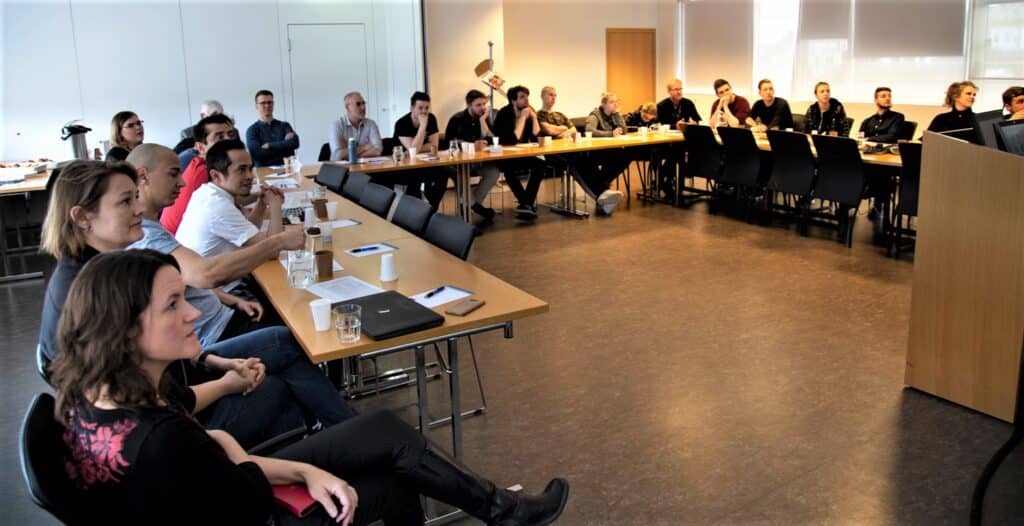
A workshop on salted fish was held by Matís on April 30, 2019. The workshop was attended by salted fish producers, master chefs and students of the cookery program of the Menntaskólin in Kópavogur (MK). The aim of the workshop was to make saltfish more popular, get to know the properties of saltfish, history and culture, evaluate the situation as it is, reflect on opportunities and obstacles and exchange opinions and experiences with saltfish.
The results of the workshop showed that the participants found a significant difference between dehydrated salted fish and lightly salted fish and agreed that people need to be taught how salted fish differs from fresh fish.
Participating culinary students believed that the opportunities of salted fish are great and they found salted fish to be a fun ingredient to work with. There was a consensus that there was a lack of awareness among chefs and the public that salted fish should not be very salty. Fish in restaurants and fish shops would often be too salty. "It could encourage consumers to refrain from buying salted fish and instead choose lightly salted or night-salted fish, where the salty taste is more balanced," explains Kolbrún.
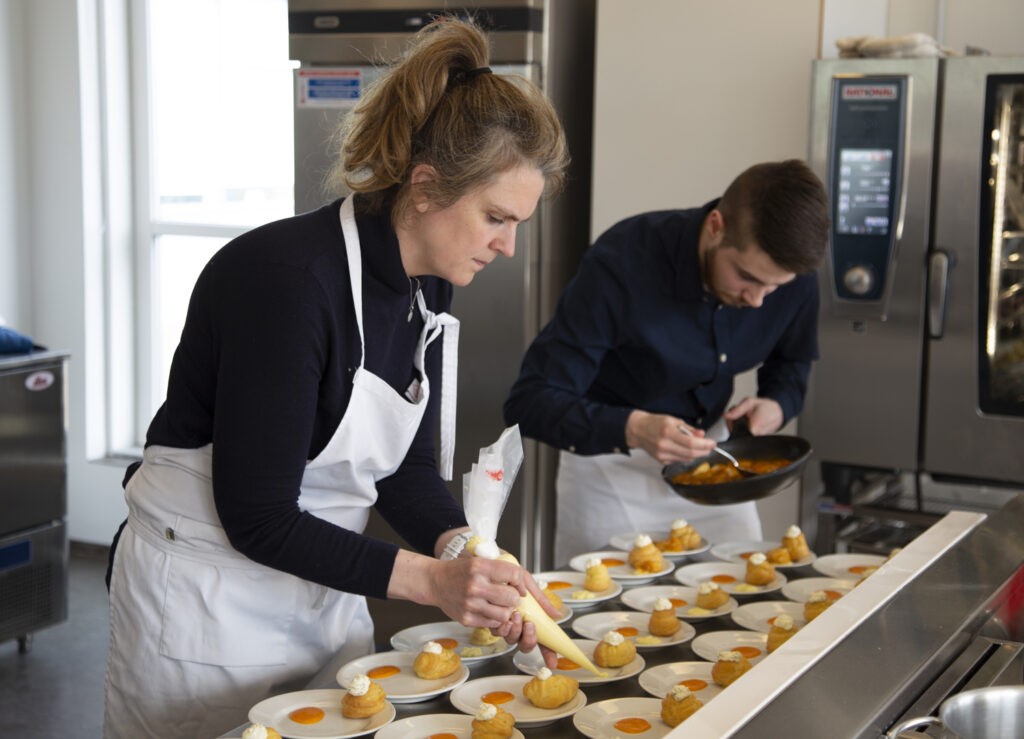
A saltfish week that was a hit
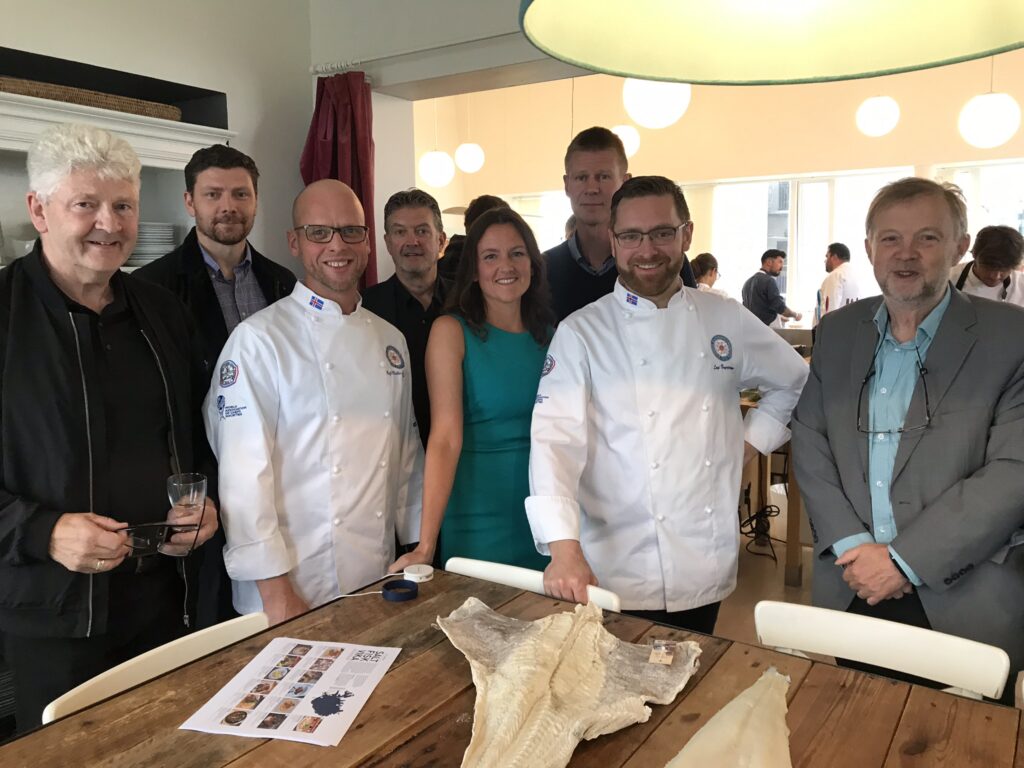
As a result of the workshop, it was decided to launch an image campaign for salted fish as a gourmet food, a week-long event entitled "Salt Fish Week". The main goal of Saltfish Week was to promote saltfish in Iceland and introduce the endless possibilities, quality and interesting history of saltfish to Icelandic and foreign visitors. Guidelines for handling and dewatering were prepared and restaurants and canteens were encouraged to participate.
To evaluate the experience of those who participated in the saltfish week, they were sent a questionnaire. General satisfaction was measured among the 13 restaurants and 10 canteens that served saltfish during Saltfish Week. Relatively many people ordered salted fish dishes in restaurants, and salted fish dishes were well received by guests. The main motivating factors for participating in Saltfish Week were various, but the main ones could be mentioned a pleasant change, it would be nice to meet foreign chefs and that the event has a good effect on diversity and creativity in the workplace, as well as that it was important to introduce the ingredients to both Icelanders and foreign tourists .
"Most of the participants who have rarely or never offered salted fish believe that it is likely that they will offer it more often after the salted fish week," says Kolbrún.
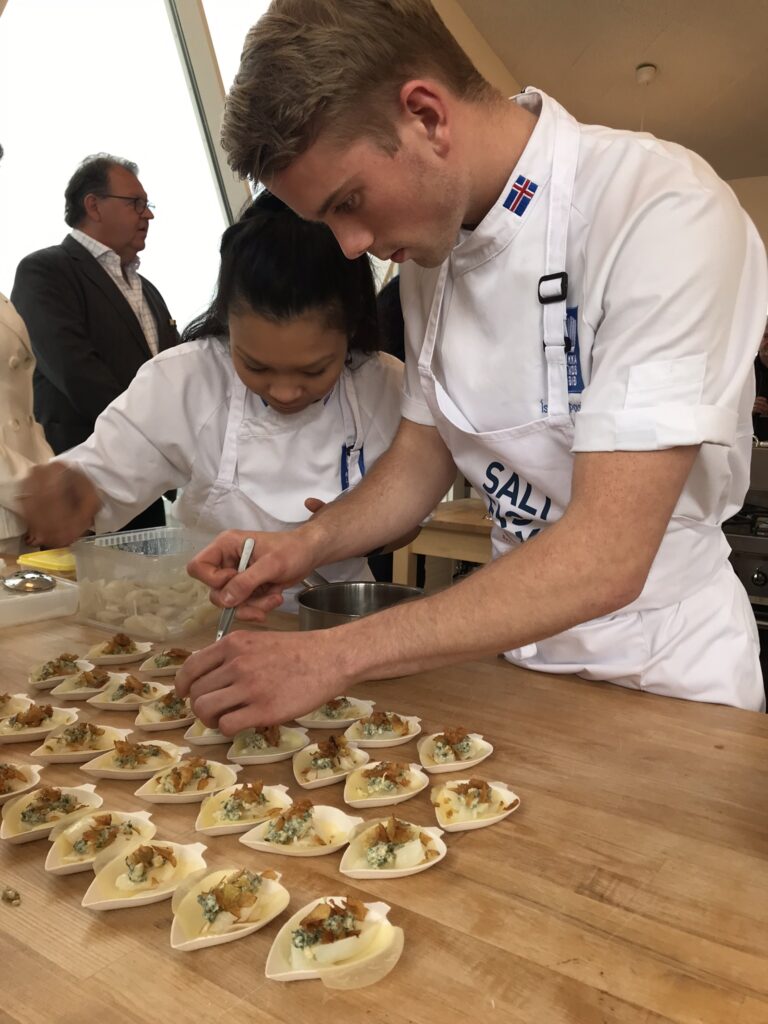
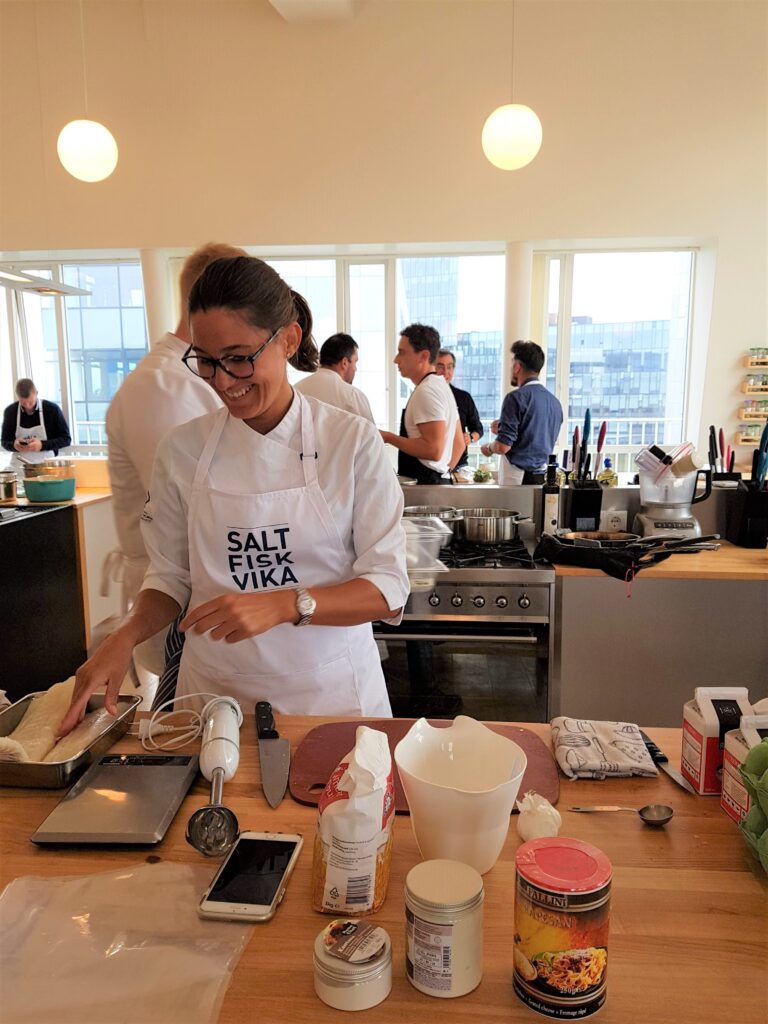
The effect does not last
Since the project was intended to promote the improvement of the image of salted fish and at the same time support the increased knowledge of cooks, about the treatment, quality and possibilities of salted fish in general, it could be said that salted fish producers and cooks are direct beneficiaries. Also consumers, both domestic and foreign, who benefit from the healthful eating of properly watered salt fish, which is not too salty, as well as having a wider selection of gourmet dishes that pamper the taste buds and the dining experience in general.
Despite the publication The saltfish book, saltfish has been left out of the teaching of cookery students. The project has brought a new emphasis on educational material and at the same time changed that situation for the better, and after the workshop within the project was held, MK has used the material presented there for teaching at school. Therefore, it can be assumed that aspiring and new chefs know a good deal about salted fish, which will translate into restaurants and the food flora in Iceland for the future.
An excellent and wider selection of salted fish dishes have returned to the menus of restaurants, and we can mention for example that at Einsa Kalda in Vestmanney, their salted fish dish is one of the most popular dishes since the Saltfish Week was held. There, a cooperative basis has been created for saltfish processing in Vestmannaeyjar (the Processing plant in Vestmannaeyjar) and Einsa Kalda in dewatering finished saltfish.
"In terms of volume, this one restaurant now sells more dehydrated processed saltfish (in a dish from the menu), than the only supermarket chain in Iceland that sells dehydrated processed saltfish, on an annual basis," explains Kolbrún.
The follow-up project Salted fish delicacies

The project Life is saltfish before and now is over. Although that project has yielded good results, more is needed to properly put saltfish on the map for us Icelanders, as a gourmet food, with all its history, culture and characteristics. To follow this up, a follow-up project was applied for, Salted fish delicacies, which started now in 2022, but it also received funding from AG Fisk. The project is very much about the sharing of knowledge, and this autumn a workshop was held in the building of the Menntaskól in Kópavogur, in collaboration with Matís, the Menntaskól in Kópavogur (MK), Grím Kokk, the Culinary Master's Club and Icelandic saltfish producers. The results of that workshop showed that there seem to be endless opportunities and opportunities for saltfish, but that we need to pave the way for saltfish to the Icelandic market better, and the next steps within Saltfiskkræsing are aimed at that.
Want to know more?
Project page: Life is a saltwater fish then and now
Project page: Salted fish delicacies
Report: What is saltfish workshop 2022
The project was carried out in collaboration with Matís, the Íslandstofa, Klúbb reiðslumistara, Menntaskólanin in Kópavogur, Icelandic saltfish producers and others. The project was also joined by Nordic partners in Norway and the Faroe Islands. The project received funding from AG-Fisk on behalf of the Nordic Council of Ministers and the AVS Research Fund.

